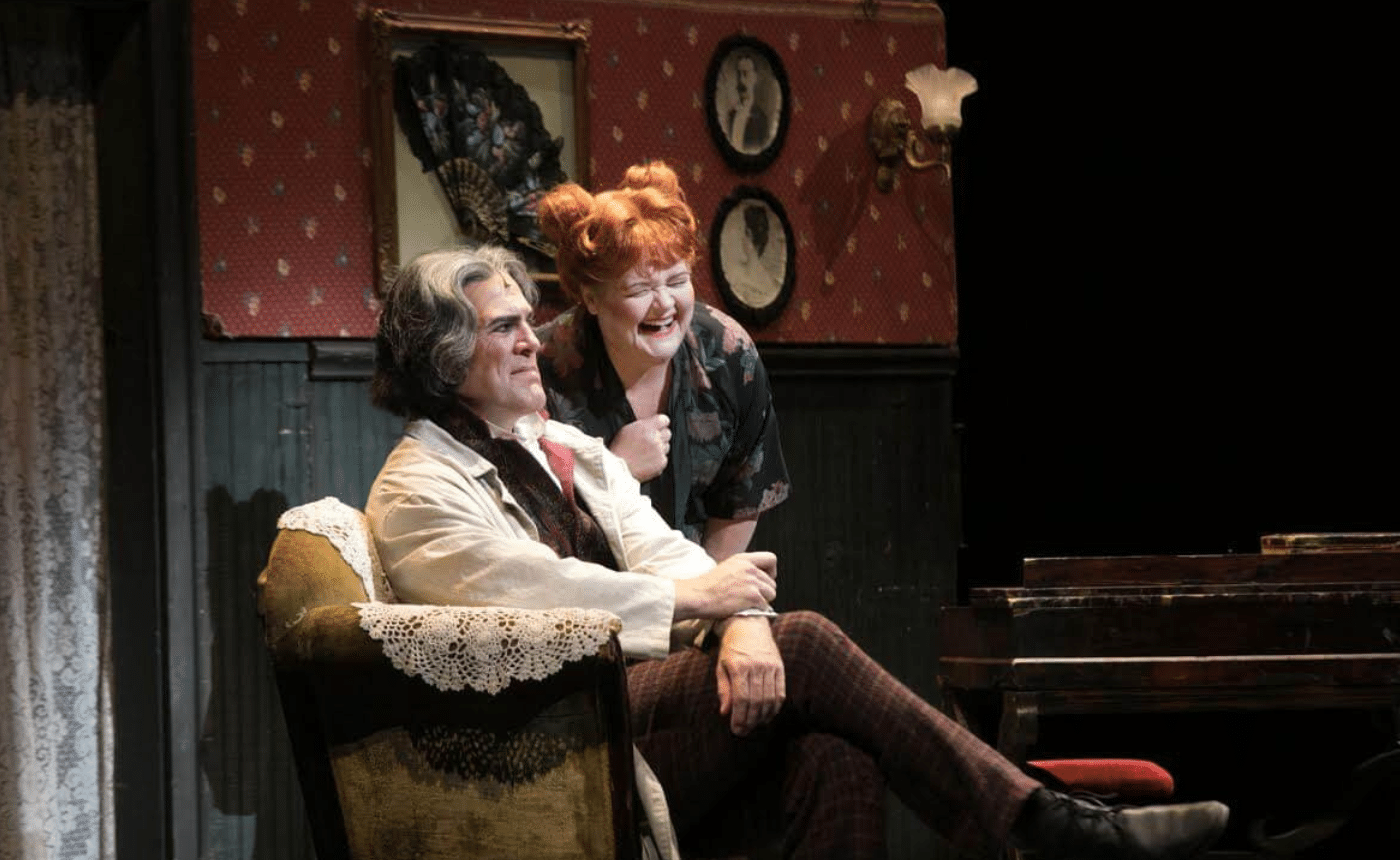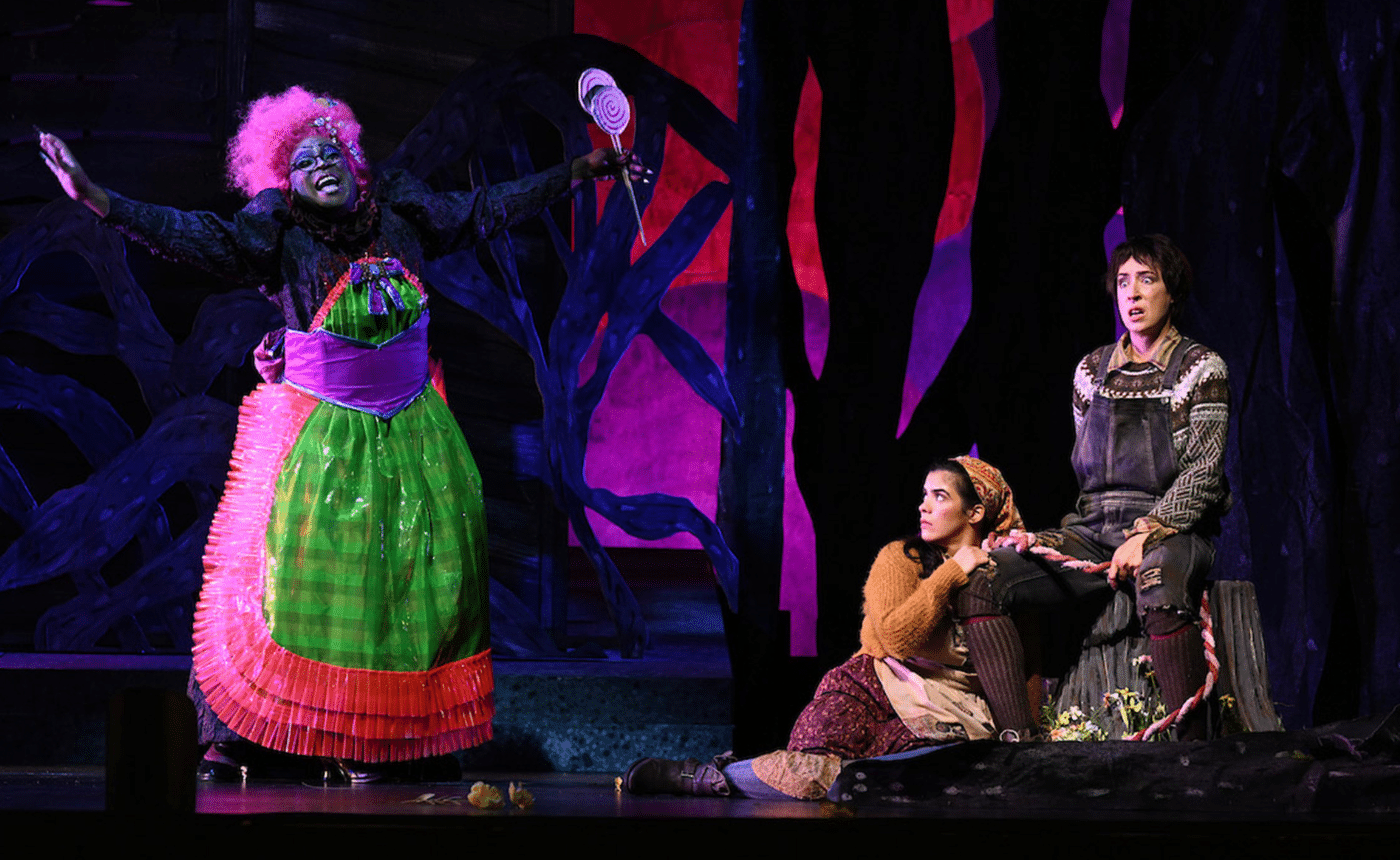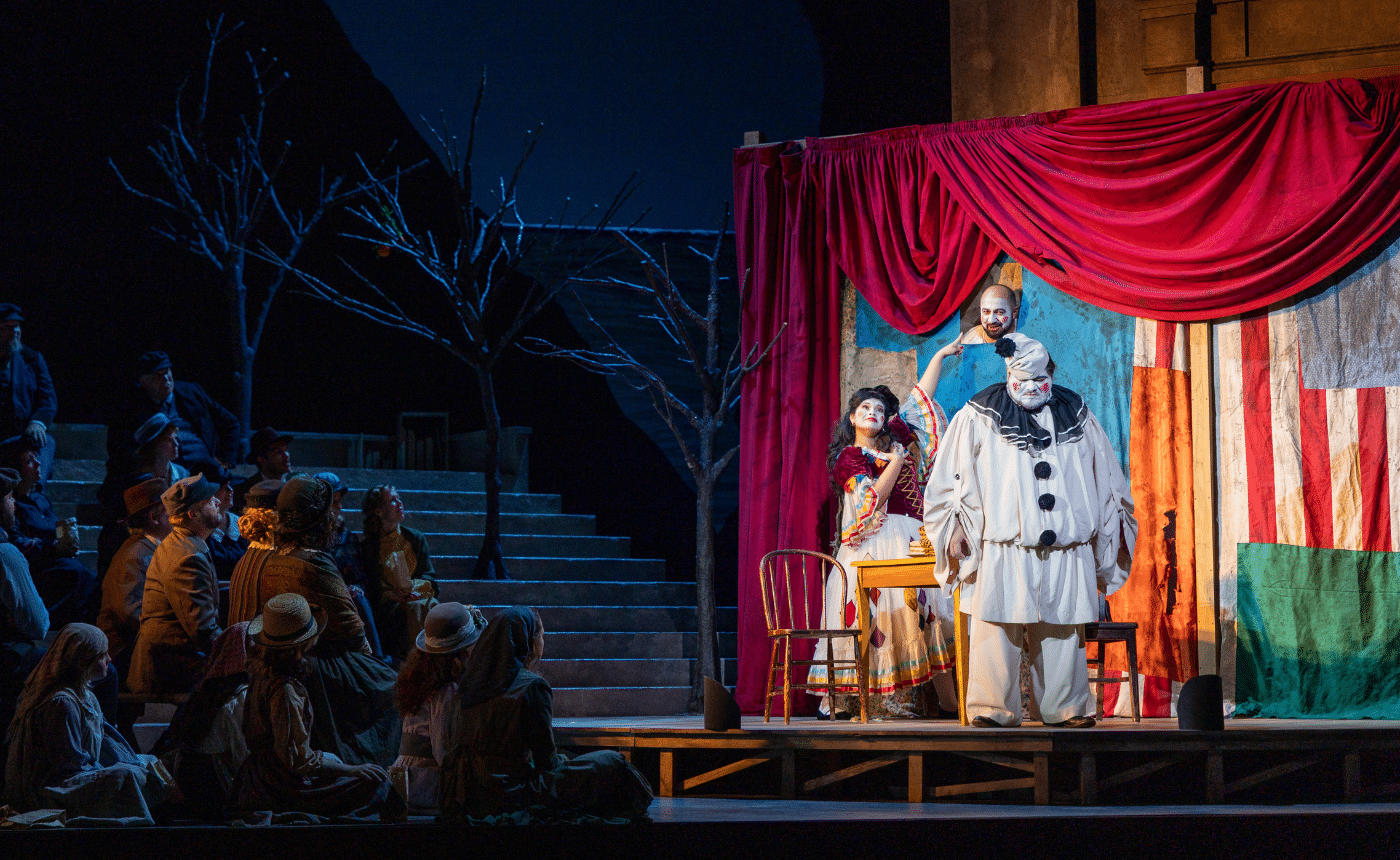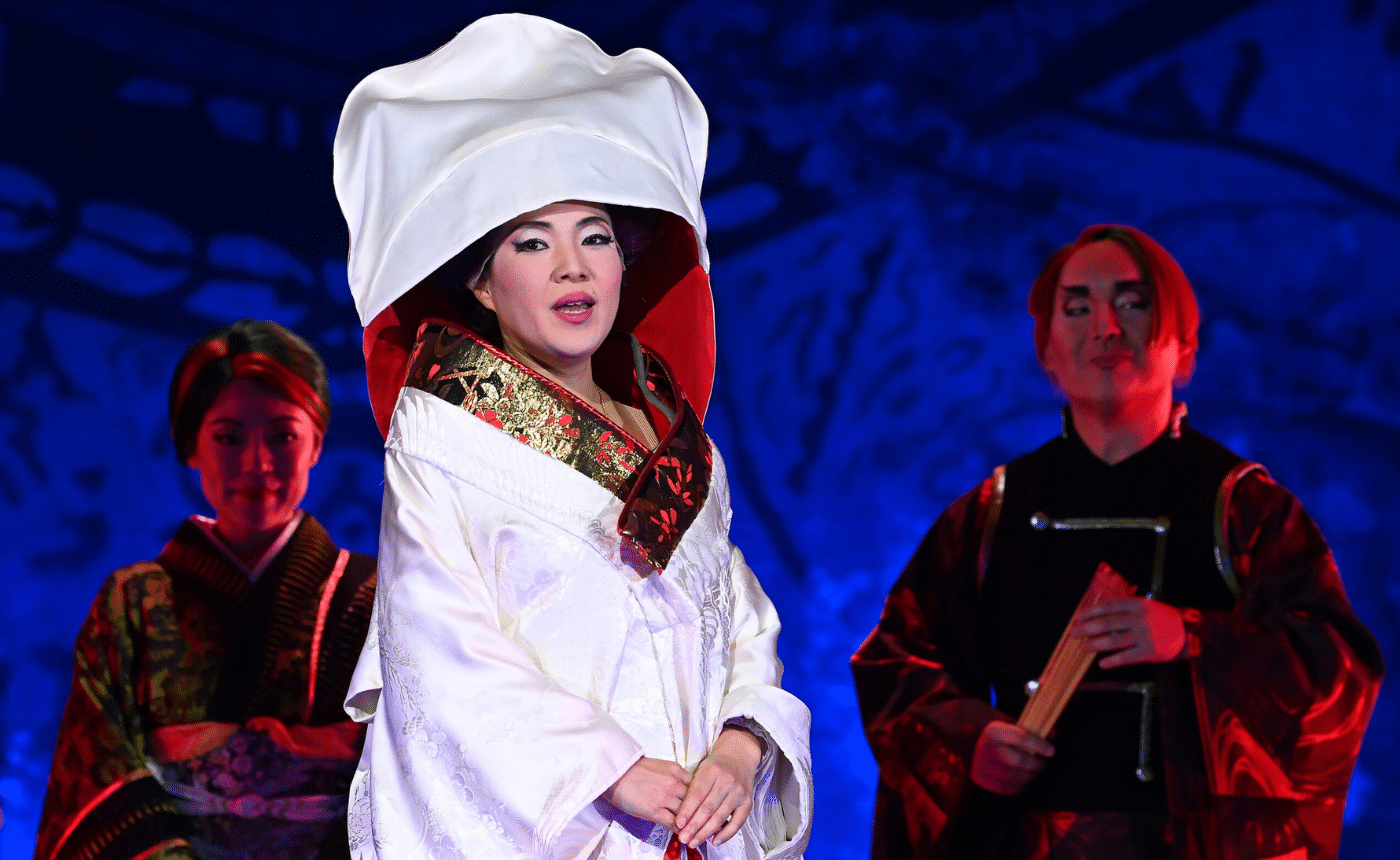New-ish Partners in Crime: "Pagliacci" and "Gianni Schicchi"
Gianni Schicchi is the title character of the last of three one-act operas by Giacomo Puccini, which, titled together as Il trittico, premiered at The Metropolitan Opera in 1918: the others are Il tabarro and Suor Angelica, and for two seasons the trio was inseparable. In the 1925–26 season, two things were obvious: the conjoined triplets had been separated; and Schicchi’s postsurgical recovery proved remarkably fast, for there he was in February 1926, sharing the stage with Ruggero Leoncavallo’s Pagliacci. Pagliacci had gone through its own birthing and teething problems at the Met. Its first performance, in December 1893, was with Glück’s Orfeo ed Euridice, while its third was paired with Mascagni’s Cavalleria rusticana. This seems to have been a one-night stand, though it grew into a fairly steady affair despite various flirtations with, for example, Lucia di Lammermoor, shorn of its first act; with the second act of Rossini’s Il barbiere di Siviglia; Massenet’s La Navarraise; Don Pasquale; Donizetti’s La fille du régiment; Hänsel und Gretel; and its most eyebrow-raising companion, Verdi’s Il trovatore.
Cavalleria/Pagliacci, after some fifty years of flings and affairs at the Met, apparently became united as one in 1947. But it was a marriage of convenience: both needed a partner, and they seemed a perfect match. Each deals with “regular folk”: no mythological gods and goddesses; nor kings; nor rulers. Each is set in villages in southern Italy (though Cavalleria is set in Sicily). Each occurs on what Catholics call “Feast Days”: Easter in Cavalleria, and August 15 in Pagliacci, which had been unofficially dedicated to Mary, the Mother of God since around the 6th century, had been unofficially dedicated to Mary, the Mother of God. Each opera deals with something of grave concern to all Catholics, but especially those 19th-century Italian ones: pre/extramarital sex. Santuzza, the heroine in Cavalleria, confesses she is pregnant; and it’s pretty obvious that, in Pagliacci, Nedda is having an adulterous affair with Silvio.
Utah Opera produced the Cavalleria/Pagliacci pairing only once, in 1981. Seven years later Pagliacci was paired with Gianni Schicchi; in 2002 it was joined with perhaps the oddest coupling of all: a choreographed version of Carl Orff’s Carmina Burana. In 2010 two-thirds of Puccini’s original Trittico was reunited, when Suor Angelica and Gianni Schicchi were given. Maybe in a future season, we’ll get the complete triangle; for Il tabarro, the first of the trio, is as good as anything else Puccini wrote. There’s a certain logic in this pairing of Pagliacci and Gianni Schicchi since both operas involve criminal activity: murder and forgery. But it does present you, opera lovers, with a philosophical/ethical/judicial question: can you condemn Canio’s murder of his adulterous wife and her lover, while relishing the wily Schicchi’s getting away with the forging of someone else’s will in his own favor? Ponder that, as you enjoy the performances at the Janet Quinney Lawson Capitol Theatre!
A native of Ireland, Dr. Paul Dorgan has worked with Cincinnati Opera, L’Opéra du Montréal, Opera Columbus, Utah Opera, Opera Memphis, and Tampa Opera. He has published articles on operatic subjects, and many American opera companies use his supertitle translations. He has adjudicated for the Metropolitan Opera Auditions and for NATS. Currently, Paul Dorgan is a Professor of Music at the University of Utah.
Learn more: Dr. Dorgan’s online learning materials for “Pagliacci/Gianni Schicchi” are located here.






